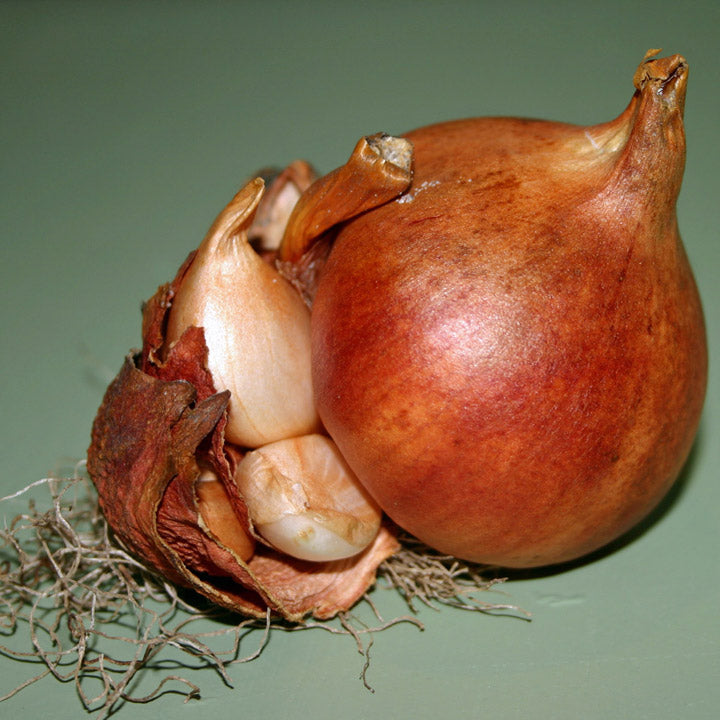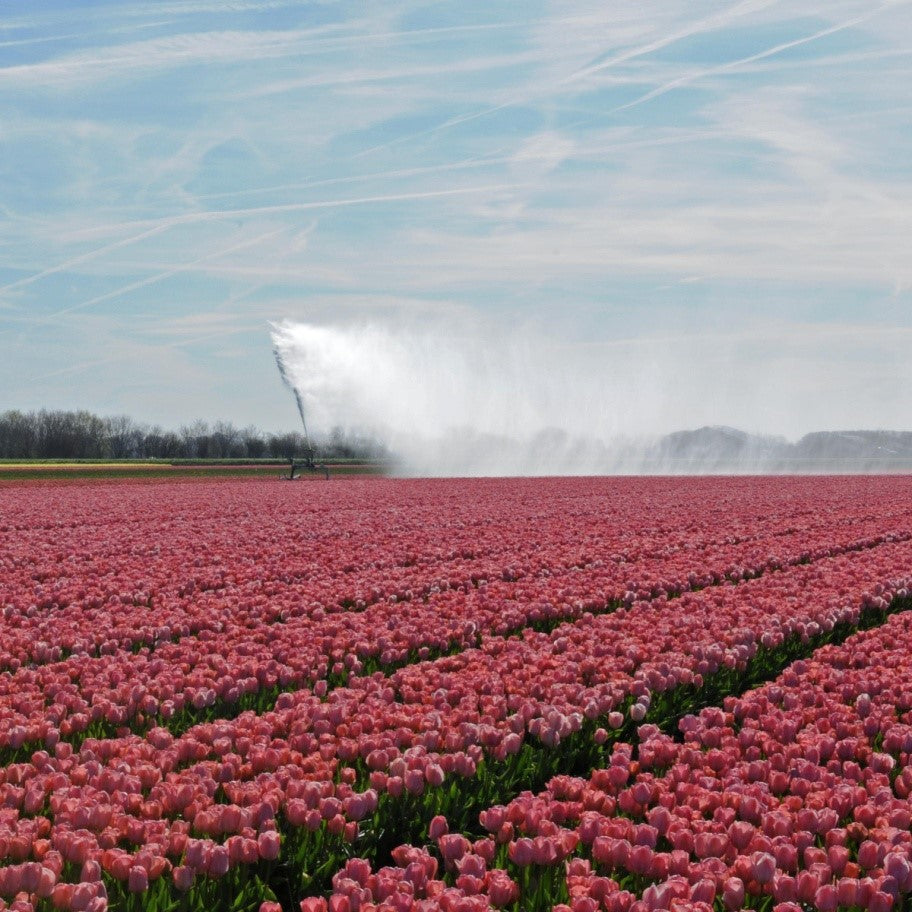The time to harvest has come again, but what do we actually do with those bulbs?
The tractors can go back into the fields, the tulip bulbs can go back into the shed, the Poles and the students can come back to peel , count and pack flower bulbs. In short, for most bulb farmers in the area, the best, busiest and above all most enjoyable time is coming again. They will be working hard to get the bulbs out of the ground as soon as possible.


Also, here and there a lot of rinsing needs to be done, because due to the enormous rainfall there is quite a bit of mud on the land. Fortunately, the bulb farmers of the Noordkop have never shied away from a challenge, and from this week we will all take on it!
When we have topped the flowers, there are only bulbs with stems and leaves left in the field. This may look a bit sad, and that is why you may wonder why we do not remove them immediately, but it is like this: in the leaves, nutrients are made for the bulb via photosynthesis and assimilation. Without that beautiful flower, which actually steals the show from the bulb, these nutrients are used entirely for the bulb, which therefore grows nicely. When the bulb has a smooth brown skin and the plant remains are yellow, we can start to dig it up. This starts around the end of June and we are busy with it for about a few weeks.
The harvesting works like this: first, the top layer of soil and crop residues are knocked off the bulbs. Once these have been properly removed, we harvest the bulbs with a machine that pushes a plate under the roots of the bulbs and lifts the soil and bulbs. On the way up, as much sand as possible is sieved away between the tulip bulbs without damaging the tulip bulbs. It is best to remove as much sand as possible here, because otherwise the growers will have to deal with it in their shed again! They then end up in a trailer until it is full and taken away.
Once they are harvested they can go into the barns where they are peeled and packed until they are ready to be delivered to your home!
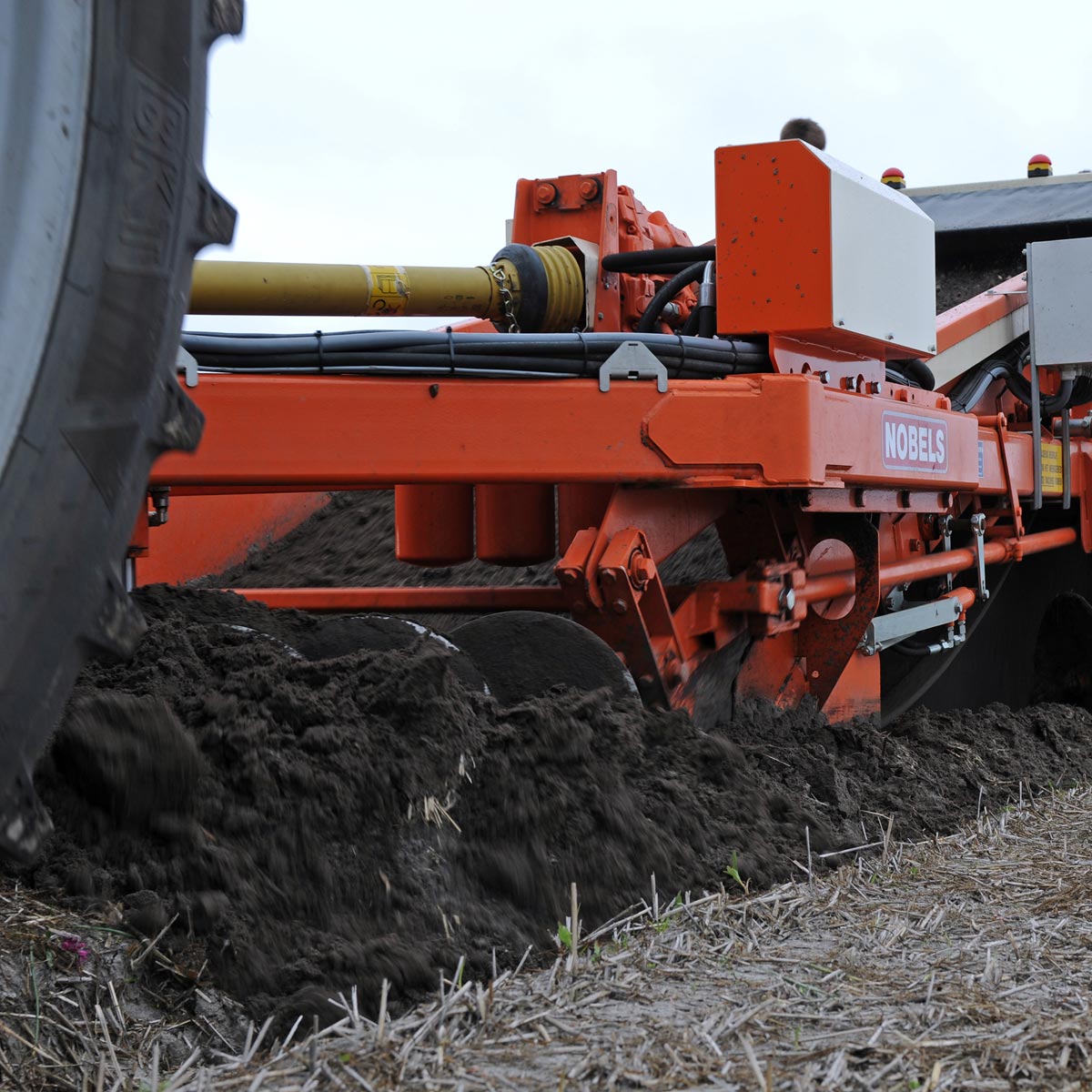


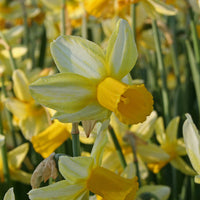



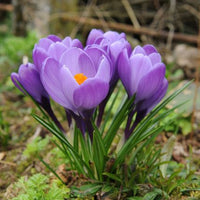




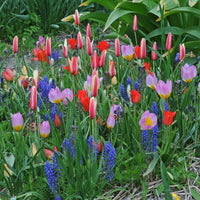


 Deutsch
Deutsch English
English